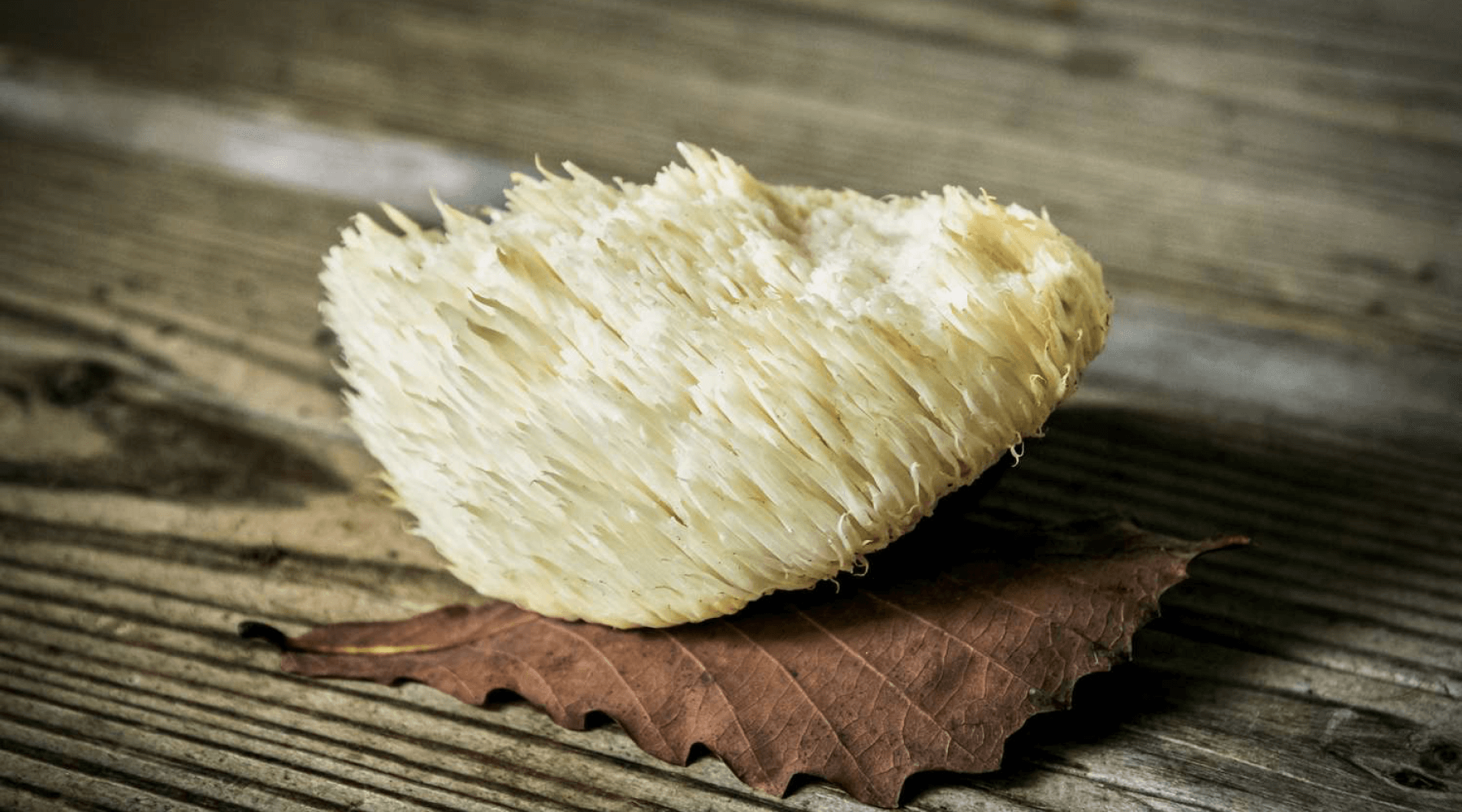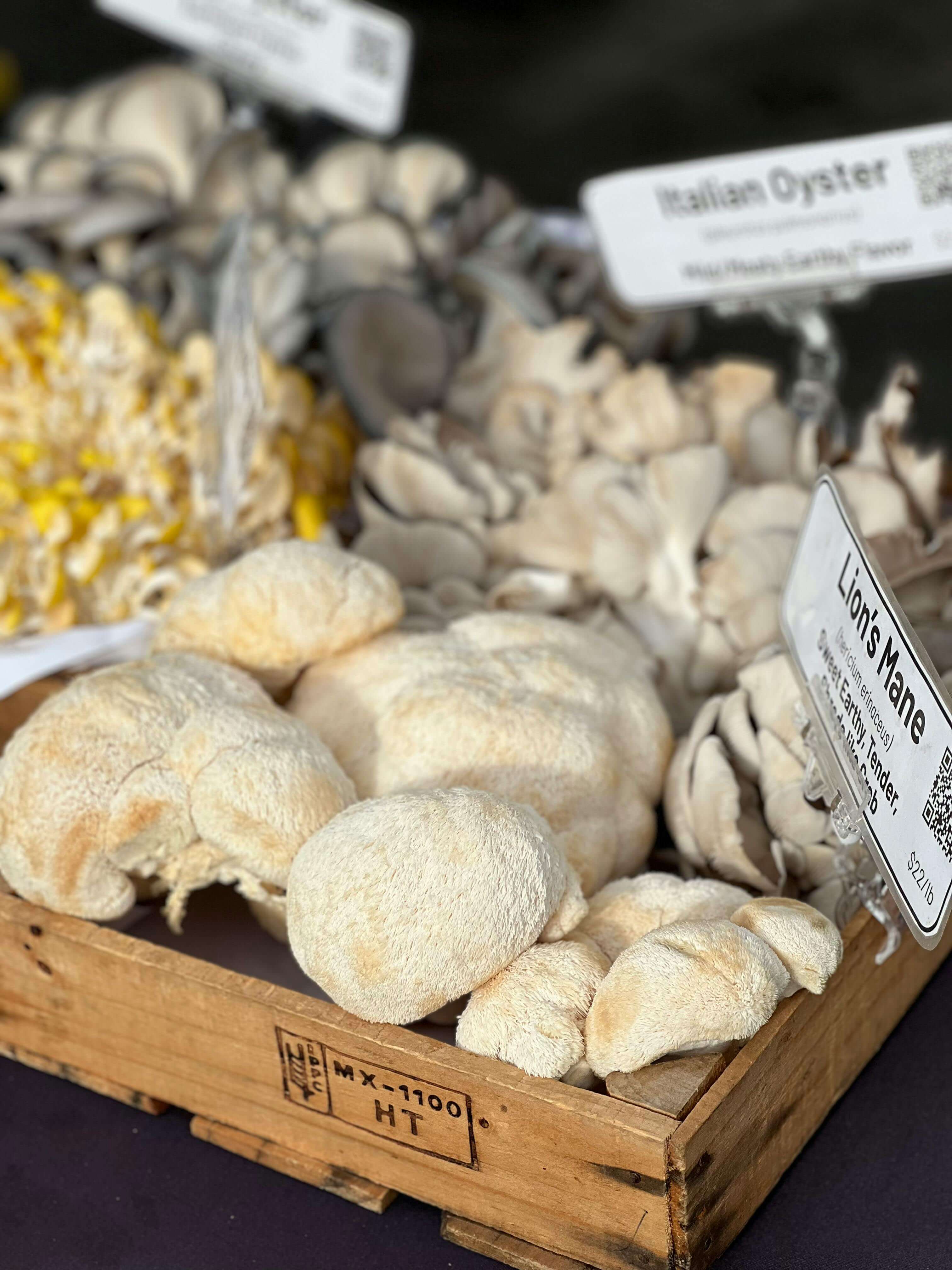


Lion’s mane mushrooms, also known as Hericium erinaceus, are large, white, mushrooms, that look a bit like a lion's mane as they grow. They've been used for centuries in traditional medicine in Asian countries like China, India, Japan, and Korea (1).
Compounds which improve cognitive function, like focus and memory are known as Nootropics. Hence, Lion's Mane is a natural nootropic.
We have incorporated 1000mg of Lion's Mane into Good Tempo, which helps you focus and makes you feel more energised.
Share:
We've rebranded to Good Tempo
The electrolyte boom and why Good Tempo is different